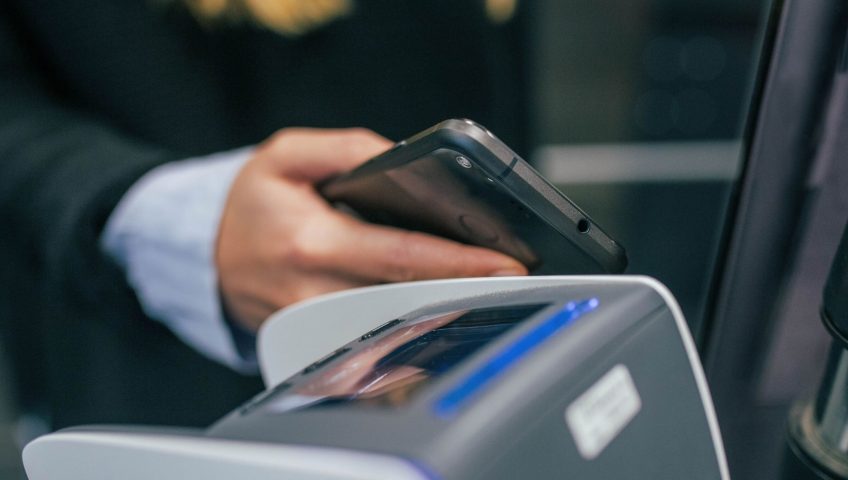Sharing your information online to shop, sign up to various subscriptions to access apps etc. has become an integral part of our lives. However, along with its numerous benefits, there are also risks. Online scams have become increasingly sophisticated, targeting unsuspecting individuals.
Over 20,693 instances of online shopping scams were reported in Australia in 2021. Geelong Technology Group is here to raise awareness and empower you with knowledge about common scams, enabling you to navigate the digital landscape safely.
1. Phishing Scams
One of the most prevalent online scams is phishing. Cybercriminals pose as legitimate organisations through deceptive emails, messages, or websites, attempting to trick you into revealing sensitive information like passwords, credit card details, or social security numbers. To protect yourself, always double-check the sender’s email address, avoid clicking on suspicious links, and never provide personal information.
2. Online Shopping Fraud
Fake online stores and sellers lure shoppers with enticing deals, only to disappear after receiving payment. To avoid falling victim, shop from reputable websites, read customer reviews, and use secure payment methods. Look for the padlock symbol in the browser address bar, indicating a secure connection (HTTPS) for your transactions.
3 Tech Support Scams
Tech support scams typically involve fraudsters posing as technical support representatives. They contact unsuspecting individuals through phone calls or pop-up messages, claiming their device is infected with malware or facing technical issues. After this, they can request remote access to your computer or ask for payment for nonexistent services. Remember, legitimate companies will never contact you unsolicited. If you receive such a call, hang up and contact the company directly using verified contact details.
As the digital landscape continues to evolve, the tactics used by online scammers continues. Staying informed and vigilant is essential in protecting yourself from potential threats. By familiarising yourself with common scams like phishing, online shopping fraud, and tech support scams, you can confidently navigate the internet and enjoy a secure online experience. Trust your instincts, use strong passwords including a password vault and keep your software and antivirus programs up to date.
At Geelong Technology Group, we prioritise your safety online. Stay alert, stay informed, and stay secure! If you need assistance, please call 1300 GETGTG or pop into our shop 166 Francis St, Belmont between Monday – Friday 9.00am – 17.30pm.





Recent Comments